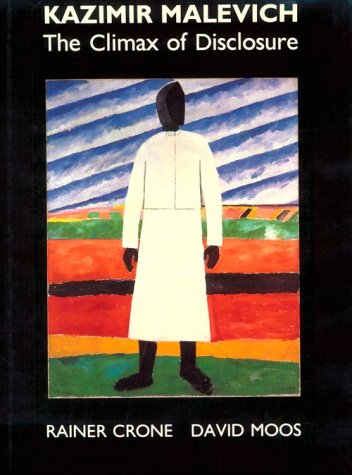Kasimir Malevich's (1878-1935) sudden and startling realization of a nonrepresentational way of painting, which he called Suprematism, stands as a seminal moment in twentieth-century art. Rainer Crone and David Moos trace the artist's development from his beginnings in the Ukraine to his involvement with Futurist circles in Moscow through to the late 1920s and beyond. They convincingly demonstrate that Malevich's late representational painting, still widely misunderstood, solidifies his extraordinarily inventive stance. Against the historical background of distinctly Russian progressive cultural and scientific movements, the authors define affinities between Malevich's work and other nonpolitical revolutions: relativity and quantum theory in physics; the work of Roman Jakobson and the "Prague School" in linguistics; and the exploration of language in the writings of the poet Velimir Khlebnikov. They situate the artist within the fundamental epistemological shift from nineteenth-century objectivity to an all-pervasive modernist subjectivity, relying upon Malevich's contribution to illustrate the ways cultural production is mediated through various modes of transmission. Rainer Crone holds the Chair for Twentieth Century Art at Ludwig-Maximilians-Universita t, Munich, and is adjunct professor of art history at Columbia University. David Moos is a doctoral candidate in art history at Columbia University.
- ISBN10 0226120937
- ISBN13 9780226120935
- Publish Date 15 December 1991
- Publish Status Out of Stock
- Out of Print 19 May 2015
- Publish Country US
- Imprint University of Chicago Press
- Format Hardcover
- Pages 237
- Language English
